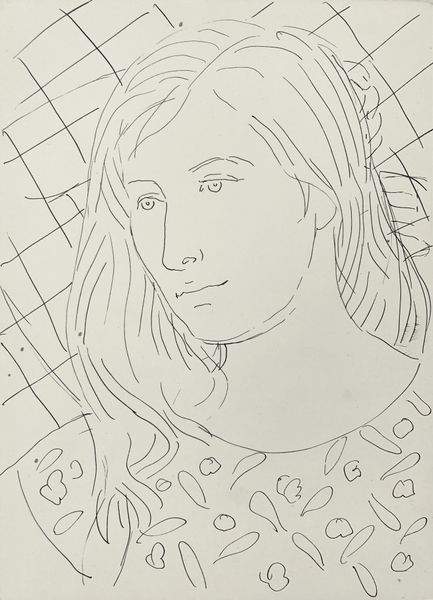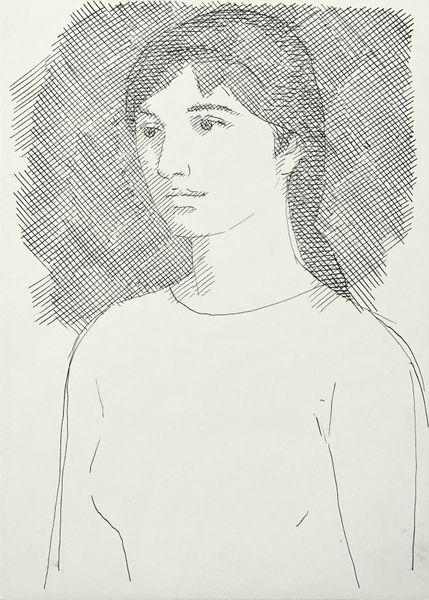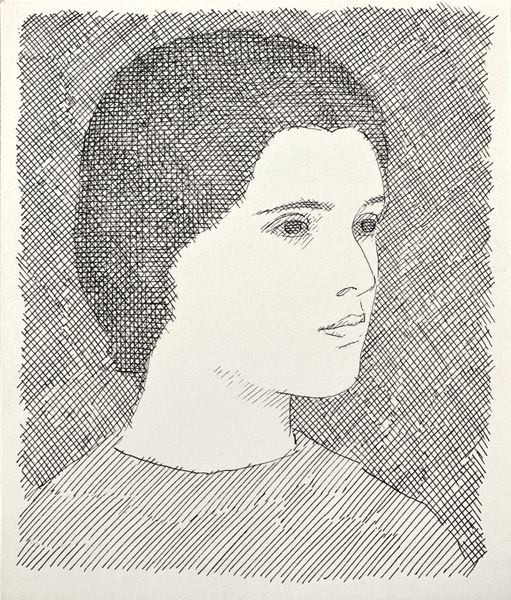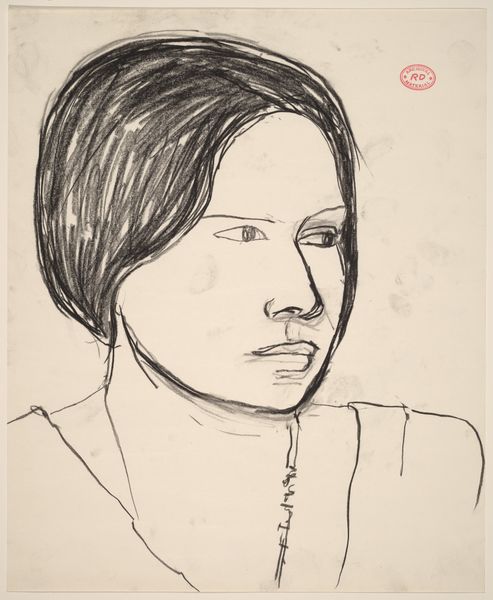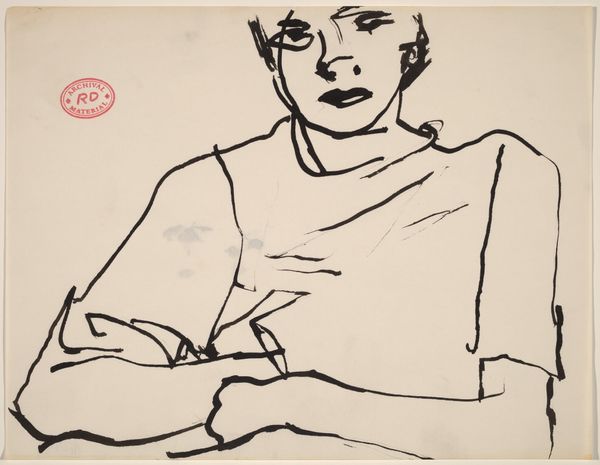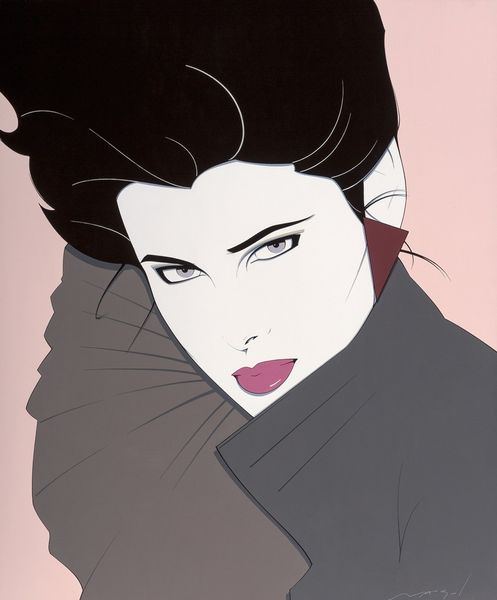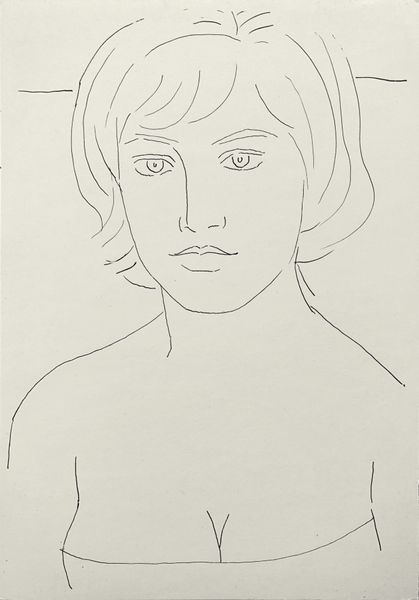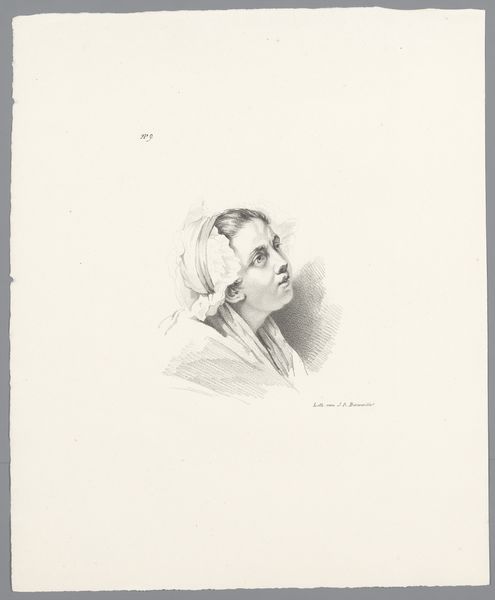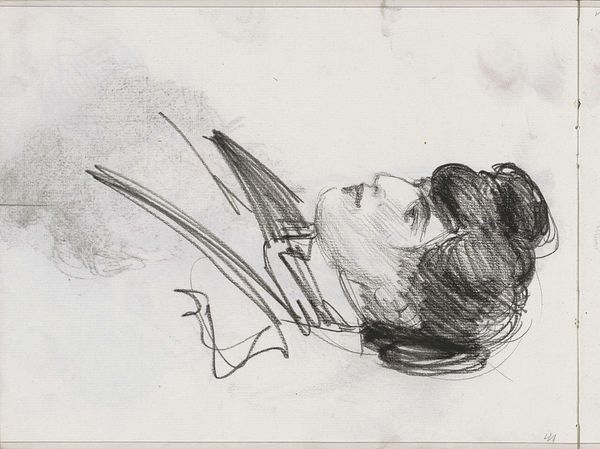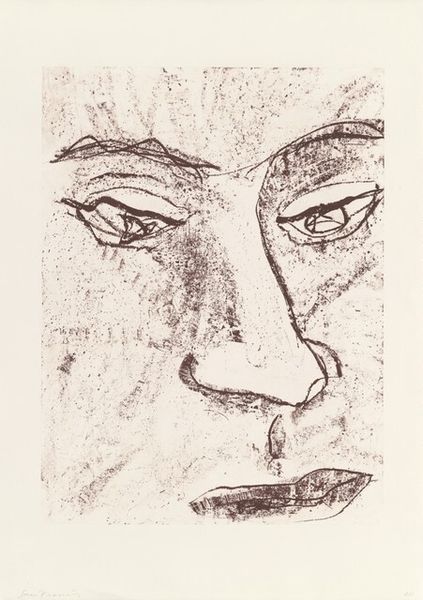
photography, gelatin-silver-print
#
portrait
#
pictorialism
#
portrait
#
photography
#
gelatin-silver-print
#
modernism
Dimensions: image: 24.1 x 18.9 cm (9 1/2 x 7 7/16 in.) sheet: 25.1 x 19.9 cm (9 7/8 x 7 13/16 in.)
Copyright: National Gallery of Art: CC0 1.0
Curator: Immediately, the subtle gradations of light across the subject's face create an intimate and introspective mood. Editor: Indeed. Let’s take a closer look at Alfred Stieglitz’s "Margaret Treadwell," a gelatin-silver print from 1921. Stieglitz was, of course, a key figure in the Photo-Secession movement, advocating for photography as a fine art. Curator: And this image exemplifies his mastery of pictorialism's aesthetic principles while pointing towards a modernist sensibility. Observe the soft focus, the limited tonal range—how they function together to deemphasize detail in favor of a nuanced exploration of form and texture. Editor: Stieglitz used photography to create art reflecting larger movements concerning American modernism in the 20th century. This photograph highlights that push for art institutions and collectors to finally view photographs as “fine art.” The title gives us the name of the sitter, yet, little is documented about her. It's an everyday depiction of this anonymous sitter’s modernity and place in history. Curator: It’s also worth considering the compositional structure. The subject is cropped close, filling the frame and eliminating almost all background detail. This intensifies the focus on her features, directing the viewer’s gaze exactly where Stieglitz intended. Editor: Absolutely, the way Stieglitz situates Treadwell is intriguing; it conveys the shifting status of women within post-war America. The image appears simple, but its placement of a female sitter conveys so much. I want to know who she was! Curator: Perhaps, but it transcends any specific narrative. The angle of her face to the light, that delicate hand barely touching her hair. Stieglitz reduces Treadwell to fundamental shapes and shadows, expressing the potential of photographic materials to embody emotive qualities and the human form itself. Editor: That focus on materiality really pushes the image into the history books. Even today, over one hundred years later, Stieglitz continues to spur discussions surrounding photography and women’s representation. Thanks for diving deep into that photo with me today. Curator: My pleasure. These are always conversations worth having about images that shift paradigms within our own perspectives on photography and art!
Comments
No comments
Be the first to comment and join the conversation on the ultimate creative platform.
